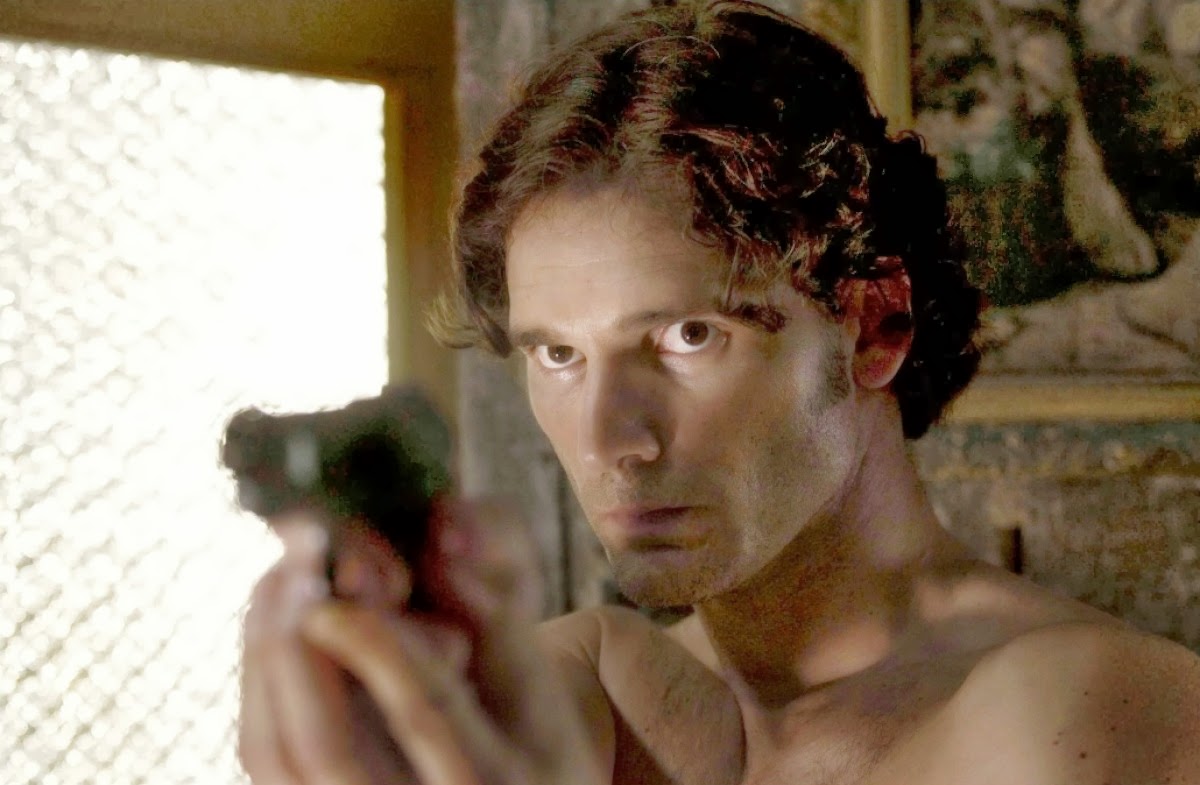
Every film relies heavily on its audience and how they respond to the themes and ideas explored on screen. With the right skills and techniques, a film can easily become a powerful medium – one that can inspire action and influence change. It is no surprise that over the past century, this particular art form has been frequently used by governments around the world to control the masses.
Put simply, propaganda is the manipulation of information, carefully selected for its political effect. It can take any form including, but not limited to: literature, art, theatre, music, satire and journalism. However, the most effective form of propaganda has always been a nation’s cinema.
In order to sway public opinion, the subject matter of any propaganda film needs to be both entertaining and recognisable to the audience. During periods of war, revolution, social change and international turmoil, many national film industries (along with the careers of notable filmmakers) flourished due to state sponsorship and support. As a result, some of the greatest films in cinematic history emerged.
Below is a list of ten influential films that were either made or used for propaganda. While some of these films were intentionally created to serve a specific agenda, others were assigned political meanings by certain groups at a later stage.
1. Triumph of the Will (Leni Riefenstahl, 1935)
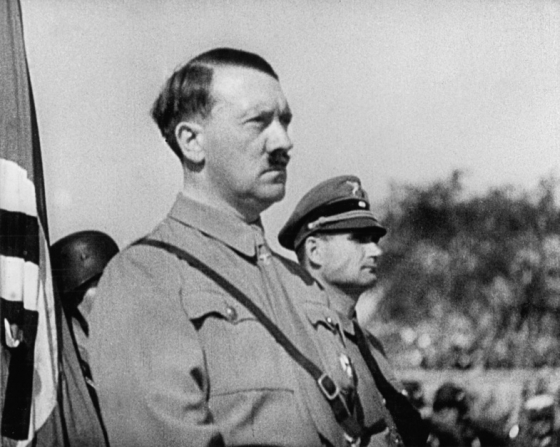
One of history’s most iconic propaganda films, Leni Riefenstahl’s Triumph of the Will effectively illustrates the characteristics of both the Third Reich and National Socialism. The film serves as a documentary of the 1934 Nazi Party Congress in Nuremberg
The 1930s marked a significant change in the political, social and cultural attitudes of the German people towards their national identity. Patriotism died at the end of the First World War as the humiliation of the Versailles Peace Treaty in 1919 and the endless failures of the Weimar Republic throughout the following decade, continued to cripple the morale of the nation.
It seemed as though democracy could no longer function effectively within post-war Germany. Such political weakness set the stage for Adolf Hitler’s ascent to power.
Nazi ideology exploited the need for cohesion and strength in society. Its straightforward and consistent approach to control quickly ensnared the German people – and at the heart of this ideology stood the Fuhrer. Riefenstahl’s film explores multiple personas of Hitler; each one connected to a specific patriotic theme, including: German unity, limitless power, physical perfection and spirituality.
The film’s success lies with the director’s revolutionary approach to cinematography, with the use of innovative techniques such as aerial photography, moving cameras and long focus lenses to capture the sheer might of the Fuhrer’s ‘new’ Germany.
2. Birth of a Nation (D. W. Griffith, 1915)
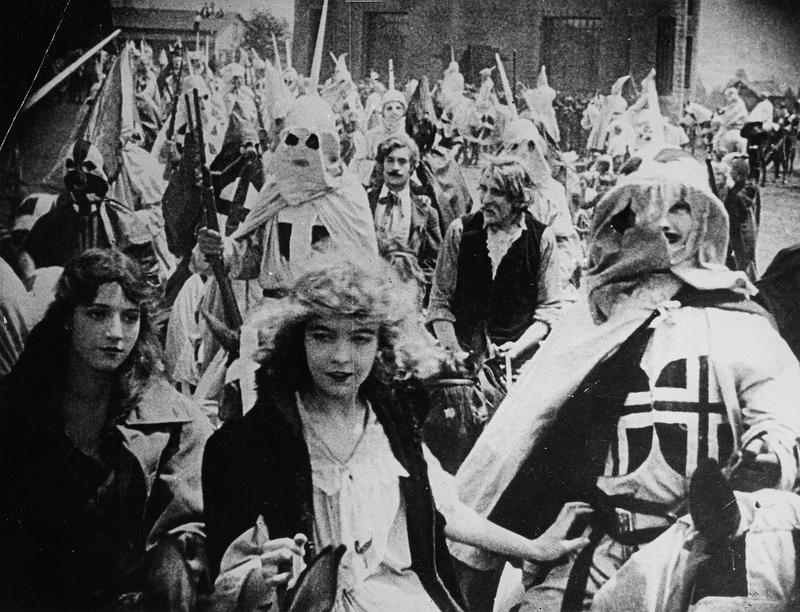
D. W. Griffith will always be remembered in history as the father of modern filmmaking. The director’s work during the silent film era paved the way for some of the industry’s most groundbreaking techniques, including: the close-up, cross cutting, panoramic long shots, and staged battle sequences. Griffith’s skills as a storyteller fuelled his desire to make films that were ambitious and memorable. However, many of his films were also controversial.
2015 marked the 100-year anniversary of Griffith’s masterpiece: Birth of a Nation. The film is a fictional depiction of the Civil War and the Reconstruction Era in America. It serves as a testament to the prejudices of American audiences during the early 20th Century.
Amongst the film’s various racist themes, the portrayal of African American slaves as violent heathens and the Ku Klux Klan as heroes riding in to save the day, continues to polarise viewers. Efforts to censor the film were met with outrage from the director. Scholars argue that Birth of a Nation helped contribute to the rise of a second generation of the Ku Klux Klan.
3. Battleship Potemkin (Sergei Eisenstein, 1925)
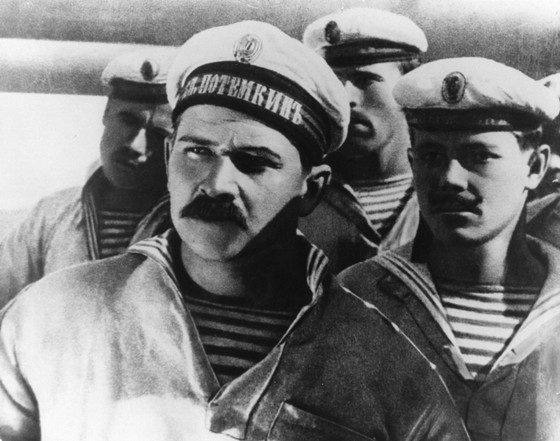
Many historians have argued that the ‘Golden Age’ of Russian cinema occurred between the 1917 Bolshevik Revolution and the Second World War. The newly formed Soviet Union faced logistical difficulties in governing Russia due to the size of the country, inadequate transportation between rural and urban areas, and the poor communication skills of its people.
However, under the leadership of Vladimir Illich Lenin, the state began to endorse local filmmakers to help mould the nation in accordance with the needs of the Soviet regime. Lenin was a highly educated and cultured individual who revelled in the art of films for their artistic worth. He understood the benefits of a national cinema in maintaining political stability.
Cinema in Soviet Russia was not concerned with reflecting reality. Instead, it preferred to alter reality in order to manipulate the audience. One of the most common themes of Russian films involved the idea of ‘Them’ vs. ‘Us’ – defining who you are by who you are not.
This theme became central to Sergei Eisenstein’s Battleship Potemkin; a dramatized version of the 1905 mutiny of the crew of the Potemkin. The film served as a reminder to audiences about the evils of aristocracy in society and the justification of the 1917 revolution.
One of the film’s most iconic scenes is the massacre on the Odessa Steps, where soldiers of the Tsar’s army open fire on a crowd of innocent civilians. Men, women and children ruthlessly force their way to the bottom of the steps, only to be cut down by mounted Cossacks charging through the crowd.
A truly disturbing sequence follows a baby in its carriage rolling down the steps amidst the carnage. Historically this event never occurred, but Eisenstein chose to include it to build the dramatic tension of the story and reinforce the revolutionary values of the Bolsheviks.
Today, filmmakers laud this scene as an influential example of editing and montage. Many well-known films have paid homage to the scene including The Godfather, The Untouchables, Brazil, and the Naked Gun series.
4. In Which We Serve (Noel Coward and David Lean, 1942)
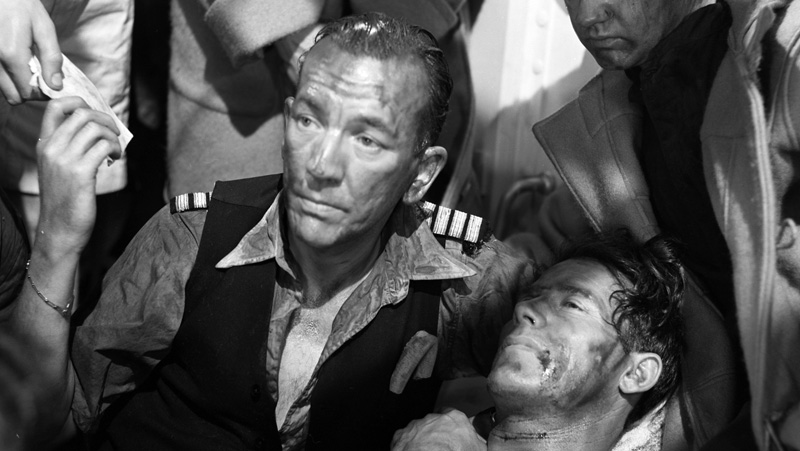
When people think of propaganda and censorship, most automatically assume that they are characteristics of totalitarian regimes. However, during the Second World War the true masters of propaganda filmmaking operated within the film industries of democratic nations such as Great Britain. While the dictatorships in central Europe could easily enforce the compliance of their citizens, the government of wartime Britain needed to influence public opinion in order to succeed.
The Ministry of Information – first introduced during World War One – was re-established in 1939 to promote Britain’s cause both at home and abroad. Legendary filmmakers such as Alfred Hitchcock and Noel Coward were “encouraged” by the Ministry to produce films that would both entertain and politically sway the masses.
In Which We Serve draws from the naval career of the HMS Kelly; modelling the fictional HMS Torrin and her Captain after the ship’s many exploits under the command of Lord Louis Mountbatten, including her tragic demise at the hands of the German Luftwaffe.
Although the film does explore the traditional ideals of the British class structure and naval discipline, both Noel Coward and David Lean introduce a new sense of social cohesion between the upper, middle, and lower class characters in order to reinforce the government’s idea of the ‘people’s war’.
These class boundaries are continuously blurred throughout the film into a social cross-section where shared experiences of anxiety and suffering forge a new hybrid family, one that exemplifies national unity.
5. The Great Dictator (Charlie Chaplin, 1940)
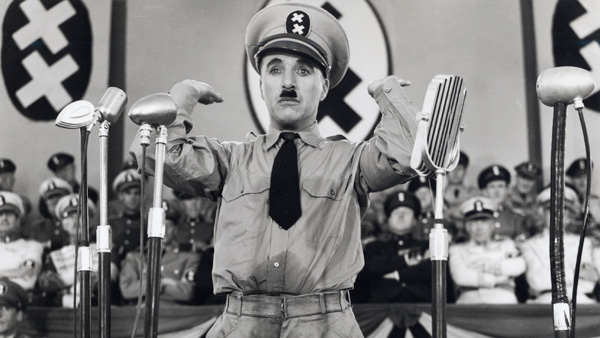
Not all propaganda films serve the established order. There are often times when an idea or voice of opposition emerges from the other side of the political spectrum. Films such as Charlie Chaplin’s The Great Dictator – that vilify a particular group or individual and comically degrade them on screen, – are in fact adhering to a key element of propaganda.
The Great Dictator is an important piece of film history. Not only did it set the standard for satirizing foreign dictators and despots in the world, it also marked the very first time audiences would hear the silent film legend talk on the big screen.
After viewing Leni Riefenstahl’s Triumph of the Will, Chaplin immediately found inspiration for his first ‘talkie’ and studied the film in order to closely mimic Hitler’s mannerisms. But Chaplin would first have to overcome resistance from Hollywood, as many studios expressed concern over jeopardising their financial relationships with the German film market.
The film took aim at the ludicrous nature of the fascist regimes of both Italy and Germany, and condemned the anti-Semitic policies of the Nazi Party. Upon release, it found favour with American audiences and became a critical and commercial success. But Hitler and his advisors never saw the funny side of the film. Thus, Chaplin’s name found its way onto the dictator’s hit list.